In sharp contrast to Zenica, Travnik is a rather low-key, low-rise town, a little left behind. During the Ottoman occupation of Bosnia it figured for a while, 18th and 19th C, as the local capital of the Ottoman Bosnia province, which not only prompted many locals to convert to Islam, but also sparked the construction of quite a few mosques. The most outstanding example of this is perhaps the most beautiful mosque in the country, the Suleimanyi Mosque, popularly known as the multi-coloured mosque. Which, indeed, is quite a structure, and quite nicely decorated, outside as well as inside – it was open! Travnik is still a Muslim stronghold, and the residents seem to be proud of their Ottoman heritage. Many of the Ottoman viziers – governors – of that time have their tombs still in the city.
The Spomenik
There is a fortress and an old town in Travnik, which we left unexplored. Instead, we made our way to Novi Travnik, to see the Necropolis for the Victims of Fascism, a spomenik – a Socialist monument from the former Yugoslavia – created in 1975 on a hill outside town. Twelve stones with abstract faces, all almost the same, on both sides, commemorate some 700 civilians who died at this site in a brutal massacre committed by occupying Croatian Ustaše forces in August 1941. (https://www.spomenikdatabase.org/novi-travnik)
The Stecci
Half-an-hour further is another necropolis, called Maculje, a collection of stecci similar to the ones we saw in Montenegro earlier. The stecci – 12th to 16th C tombstones – are in fact not very interesting. They are aligned in rows N-S and E-W, mostly, but many are barely recognisable as a tombstone, and there is nothing of the decorations and carvings of the Montenegrin sites. However, on the outer boundary of the site here are a series of upright stones in the form of a cross, and these do have carvings, quite explicit even. I cannot work out whether the crosses are associated and time-equivalent with the stecci, but they are a nice addition.
The Road to Mostar
From here we drive on to Mostar, the long way around, close to the Croatian border, because the centre of Bosnia and Hercegovina has been hit by massive floods; agencies are working around the clock to try to find missing people, to clear the mudflows, clean up the debris of destroyed houses; roads are closed. For us it means just an extra half-an-hour drive, or so, first through the beautiful mountain landscape, with exploding autumn colours – lovelier here, across rolling hills, but less dramatic than those in Montenegro. But it also allowed us to observe the Croatian part of Bosnia, once one of the three fighting parties during the war, together with the Bosnian Serbs and the Bosniaks, the Muslim population – all engaged in ethnic cleansing, to be sure. The first thing that we notice is the frequent Croatian flags, or other obvious expressions of Croatian – not Bosnian – nationality. We also note, in several areas, houses shot up and abandoned: walls with holes, roofs collapsed. I suppose these were once owned by Bosnian Serbs – who dominated this area before the war, but have been pushed out, further north. And the houses that are inhabited, are mostly new, or well patched-up. Oh, and there was obviously also some spare cash available to build new churches, Catholic churches, and they are huge, just to make a point, I guess.
Notwithstanding all this demonstration of who is in charge, here, we are also driving through what looks to be the most prosperous zone of Bosnia and Hercegovina. There is agriculture, sheep and cattle, but also a lot of business enterprise. Not just construction, as we saw in Kosovo, for instance, but a wide range of modern companies contributing to the local economy. Quite different from what we have seen in the past few days, in the Serb and the Muslim part of this country. Quite different from the rusty factories in Zenica, for instance.
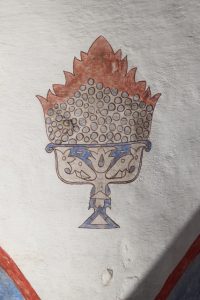
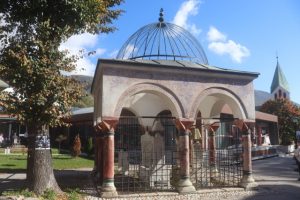
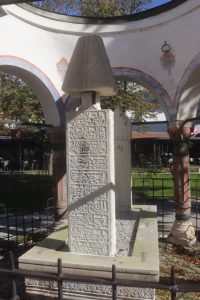
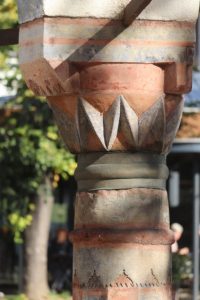
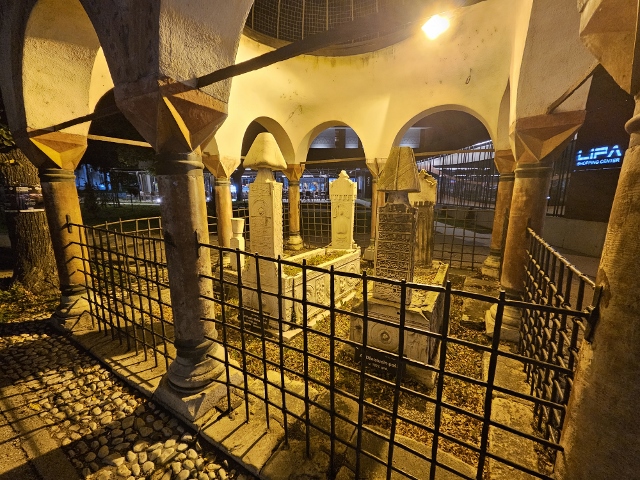
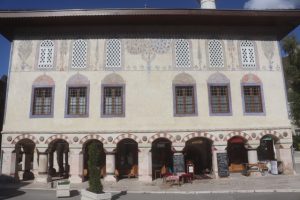
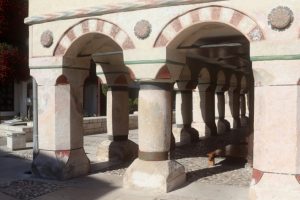
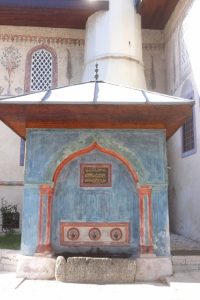
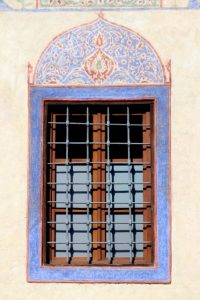
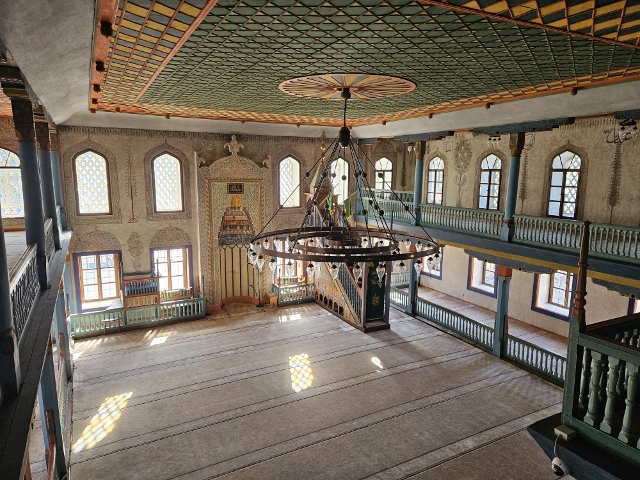
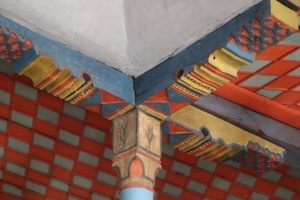
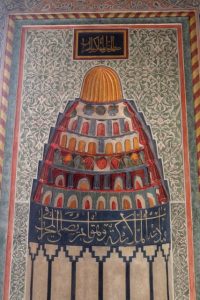
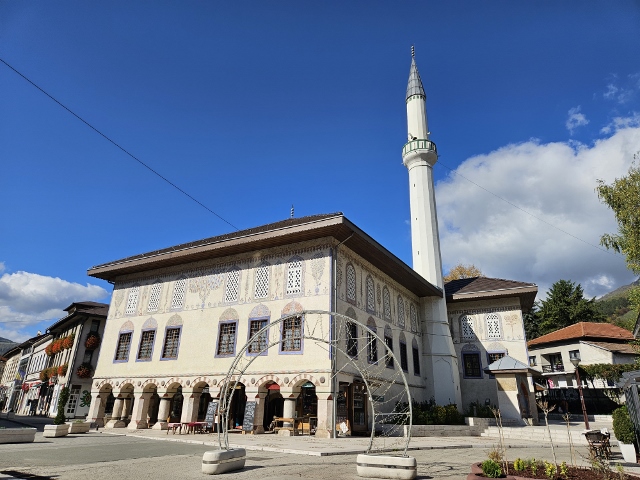
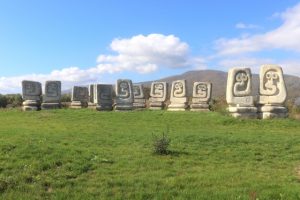
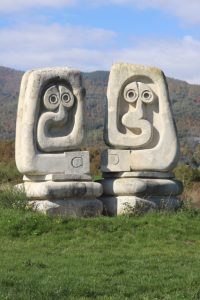
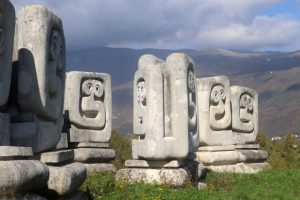
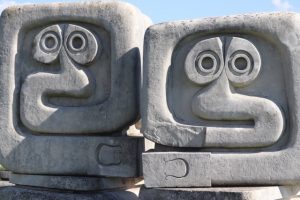
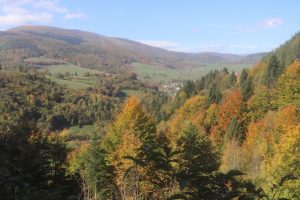
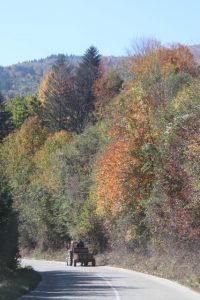
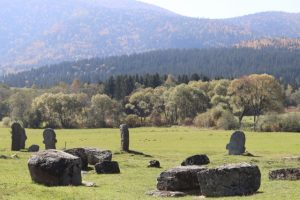
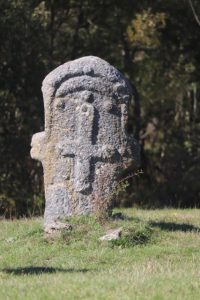
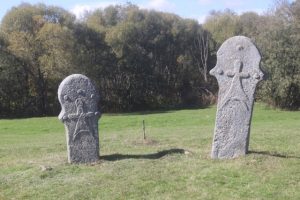
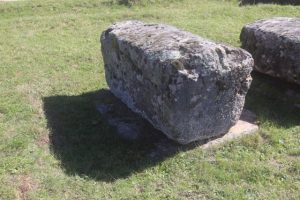
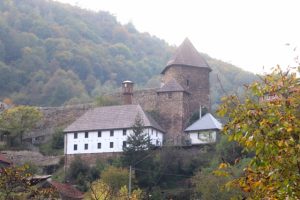
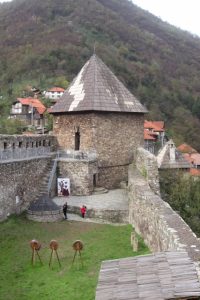
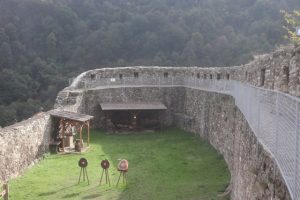
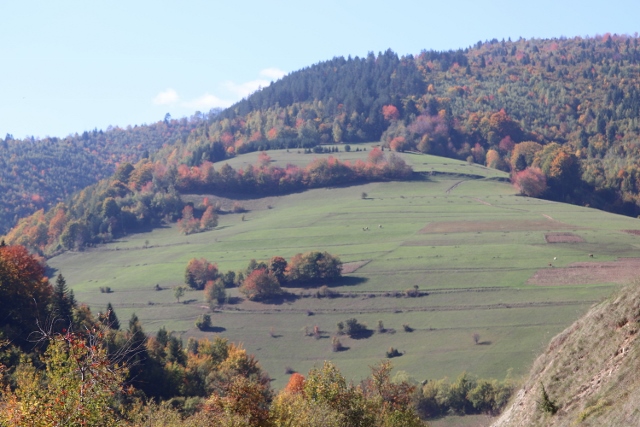

 RSS – Posts
RSS – Posts







